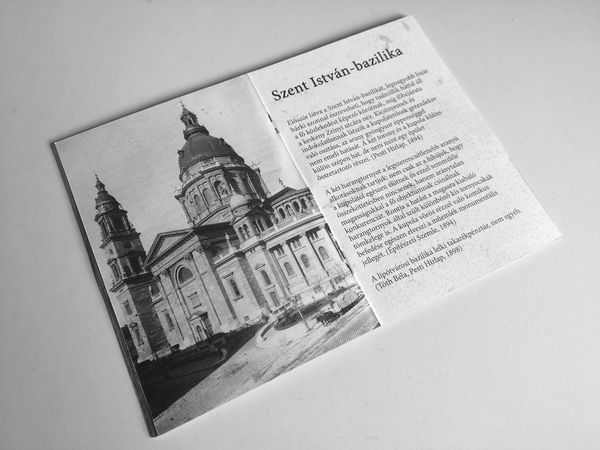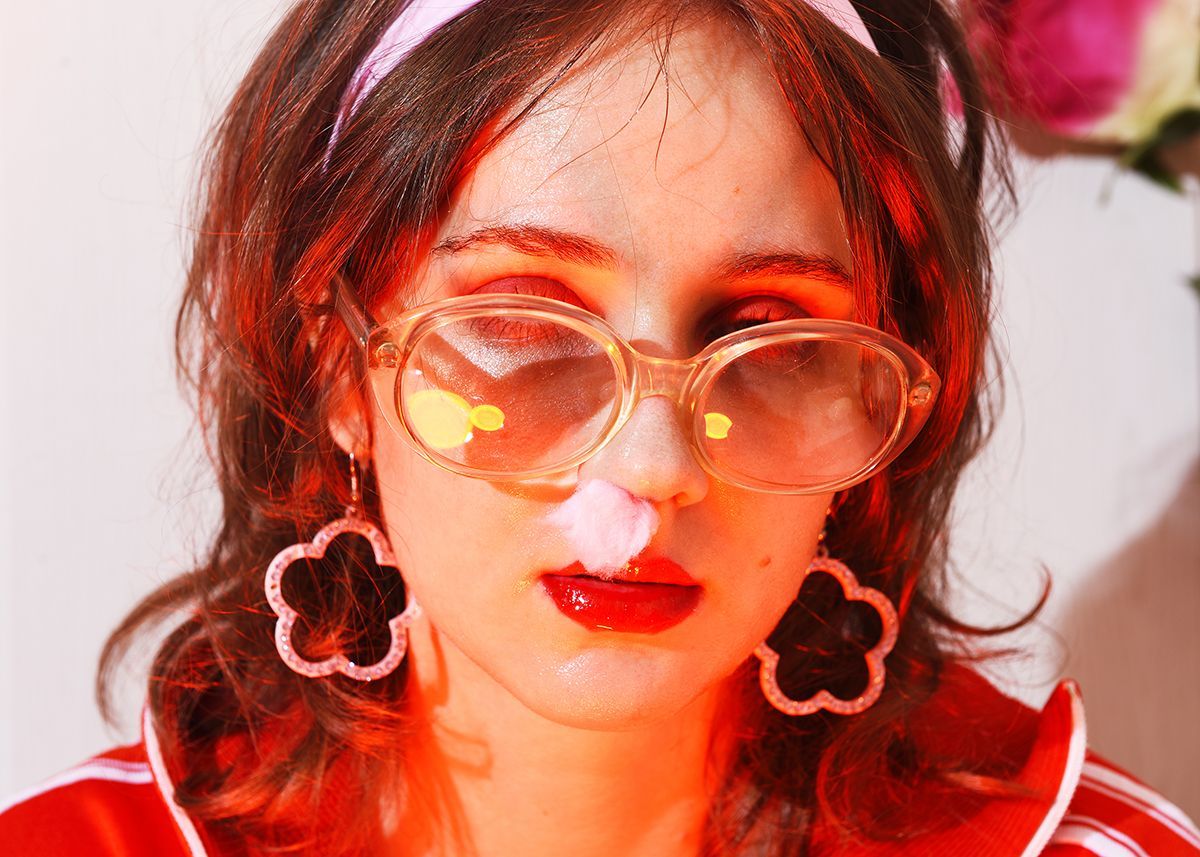Hanna Rédling is interested in the various dilemmas of the ever-expanding virtual world, the escape from reality, the feeling of the present’s uncertainty, searching for a way to express them through photography. In addition to classical photography, she has recently been working with 3D imaging processes. Her works are sensitive responses to and impressions of questions that arise in everyday life: Where is the border between virtual and real life? Where are we located and how do we feel in this medium?
How did photography come into your life? What techniques do you use to create your images?
My childhood best friend and I used to take a lot of photos and videos of ourselves when we were in elementary school, I think that’s where my interest started. Then slowly photography became a passion. I use both digital and analog techniques, it depends on my mood and intuition which one I use when. My most favorite medium is 35mm film. I am also interested in novel imaging techniques, and in recent years I have created a number of images using 3D photogrammetry scanning, for example.

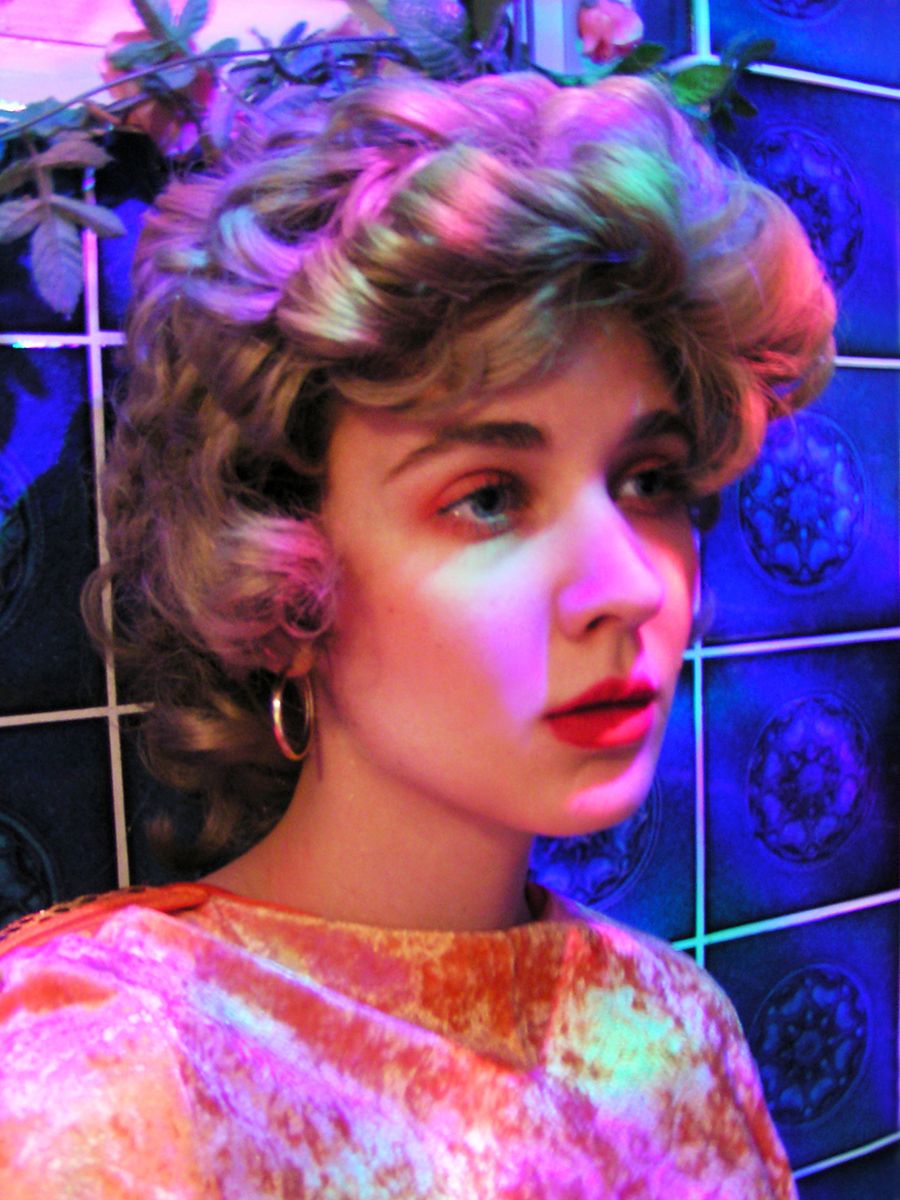
How much has your style changed over the years? Do you have any works that you consider unfinished, perhaps because you are still preoccupied with the subject?
Six or seven years ago I started to discover a visual world that I genuinely felt was my own, and I’ve been building and expanding on it ever since.
For example, my project on guesthouses, Color Tv, Queen Beds, Exotik Dreams is far from being completed, it’s constantly evolving. For the last two years, I’ve been sneaking into different guesthouses, but I haven’t shot any new pictures for the series yet. I usually wander the corridors, go into the dining room, see what keys are hanging at the reception. This has been my favorite pastime lately. I found a really exciting place a few weeks ago, that will probably be the next spot where I will officially be photographing myself.


What subjects are you interested in? Are there any phenomena that catch your attention more than others?
A clumsy gesture, a strand of hair in front of someone’s eye, a blush, it’s mostly little things like these interest me. I love to walk at dusk, I could spend hours watching the lights of pacing cars reflected in the windows of buildings. I often get inspiration from charity shops and flea markets. The irregularly shaped, colored glass bottles, vintage lamps and picture frames, and various children’s toys always excite me and give me new ideas to work with. When it comes to images, I like to flip through old magazines. A few years ago, for example, I found a huge stack of Ez a divat (This is fashion; a Hungarian fashion magazine published between the 40s and the 90s—the Transl.) during a garbage day, at the Buda Castle, something that I often fall back on. I also love vintage advertising and food photography, I even have an Instagram page, @tvtorna, where I collect them.


The dominant colors (like pink, orange, red), the jelly, and the hotels—these are the core motifs of your work so far. Why are they so important to you?
Red and yellow were the primary colors of my childhood room, and from there they seeped into my photographs over time.
Retro hotels and guesthouses are both symbolic stopovers in my work—providing temporary homes for unfolding processes of the soul—and I am also fascinated by their material culture. I spend a lot of time collecting them, it is always an adrenaline rush when I find a gem. It’s an activity I can’t really get bored of.
And jelly is a wondrous material that solidifies from a liquid into an elastic material while retaining its fragility. I like to experiment with it, using its different textures as metaphors in my pictures.

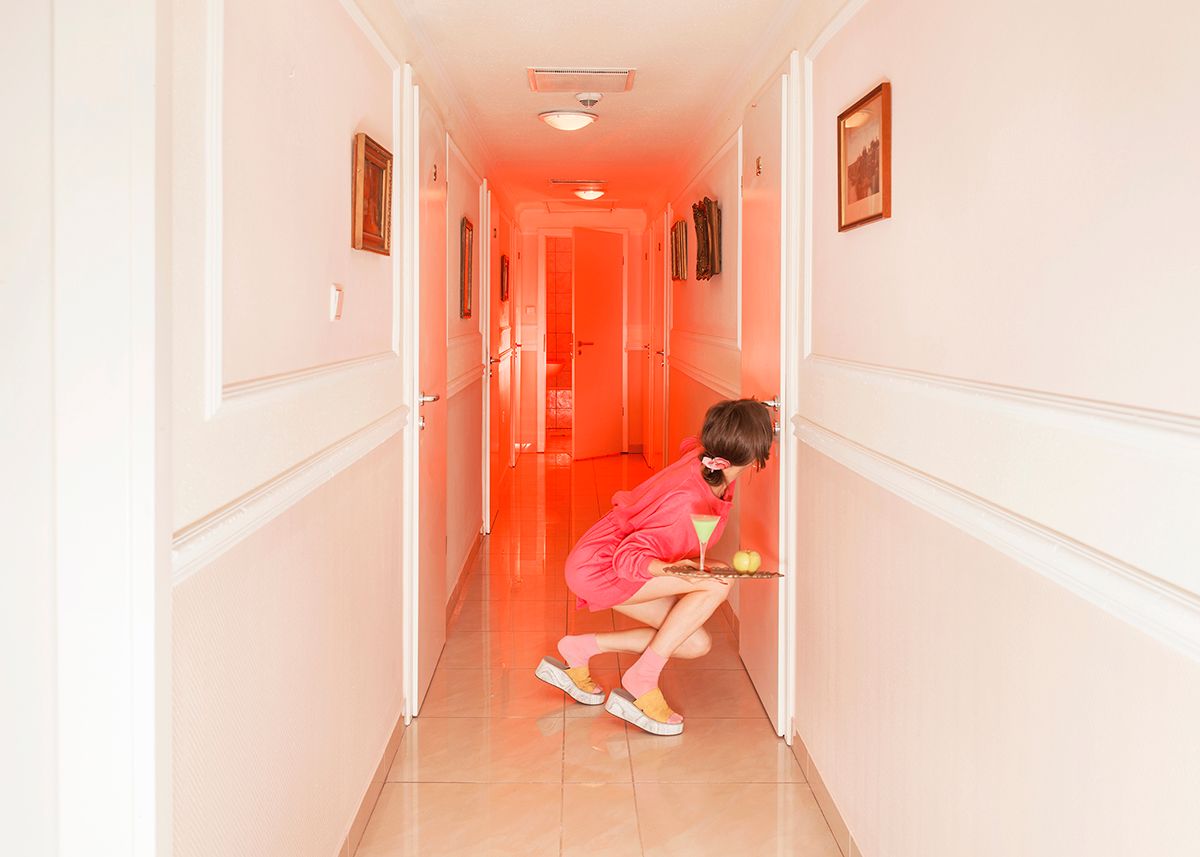

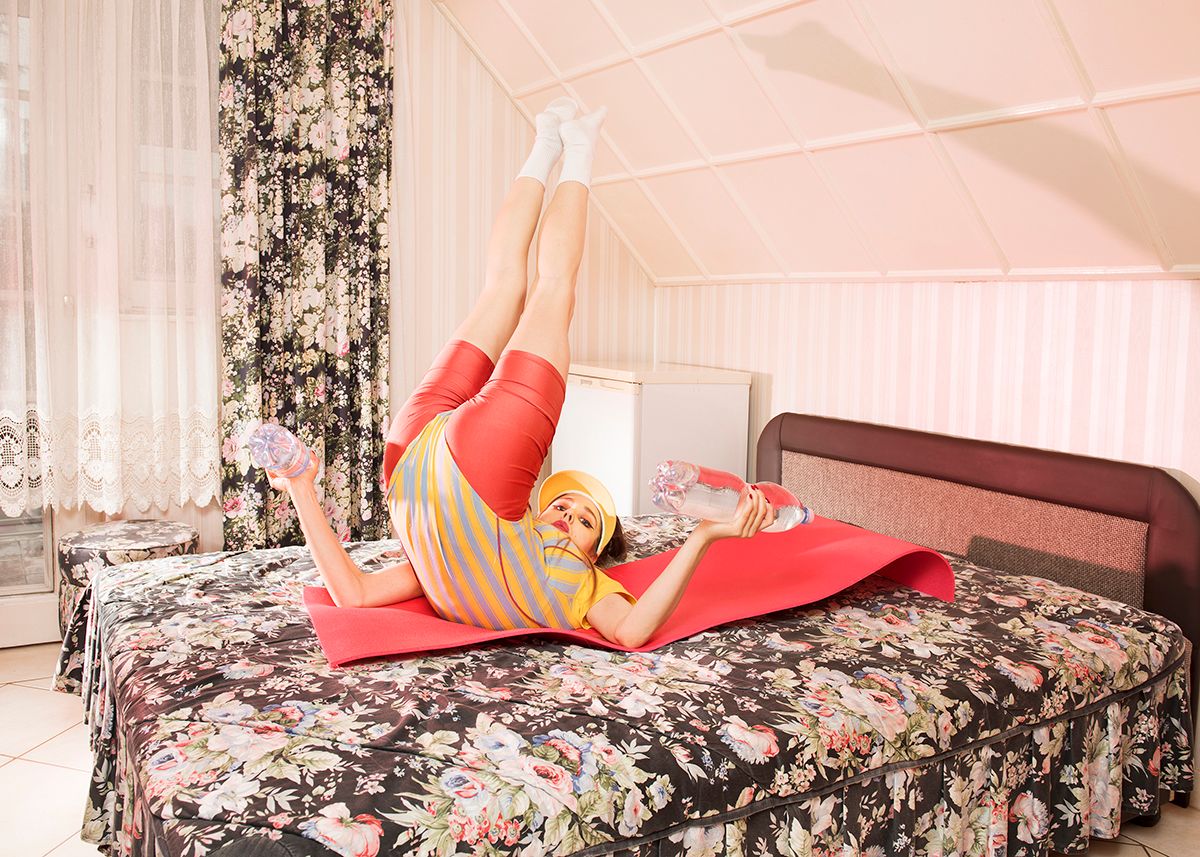
What are your experiences with the generation gap and our Eastern European heritage?
I address the issue of the generation and cultural gap in my series The Queen Herself, in which I photographed my surreal encounter with an elderly Dutch bed-and-breakfast hostess, straddling the line between documentary and fiction. I found Astrid’s fabulous B&B on the internet and quickly discovered that she was also a singer, performing as a carefully constructed alter ego of herself. During my time with her, I too was trying to find myself, dressed in costumes. Creating an alternate reality, we tried to relate to each other as fictional characters, blurring the differences between the West and the East, as well as those between languages and generations. I look back on the few weeks I spent with her and her husband as one of the most formative experiences of my life.


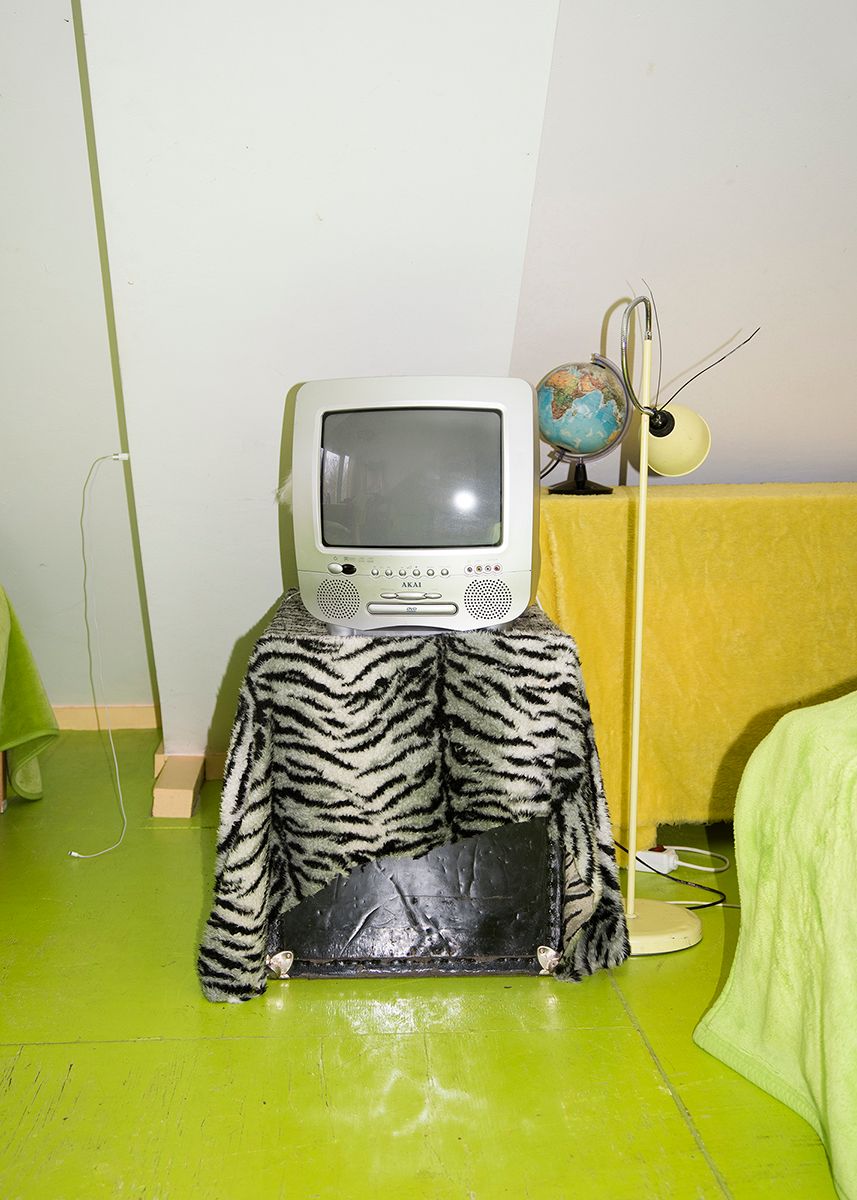
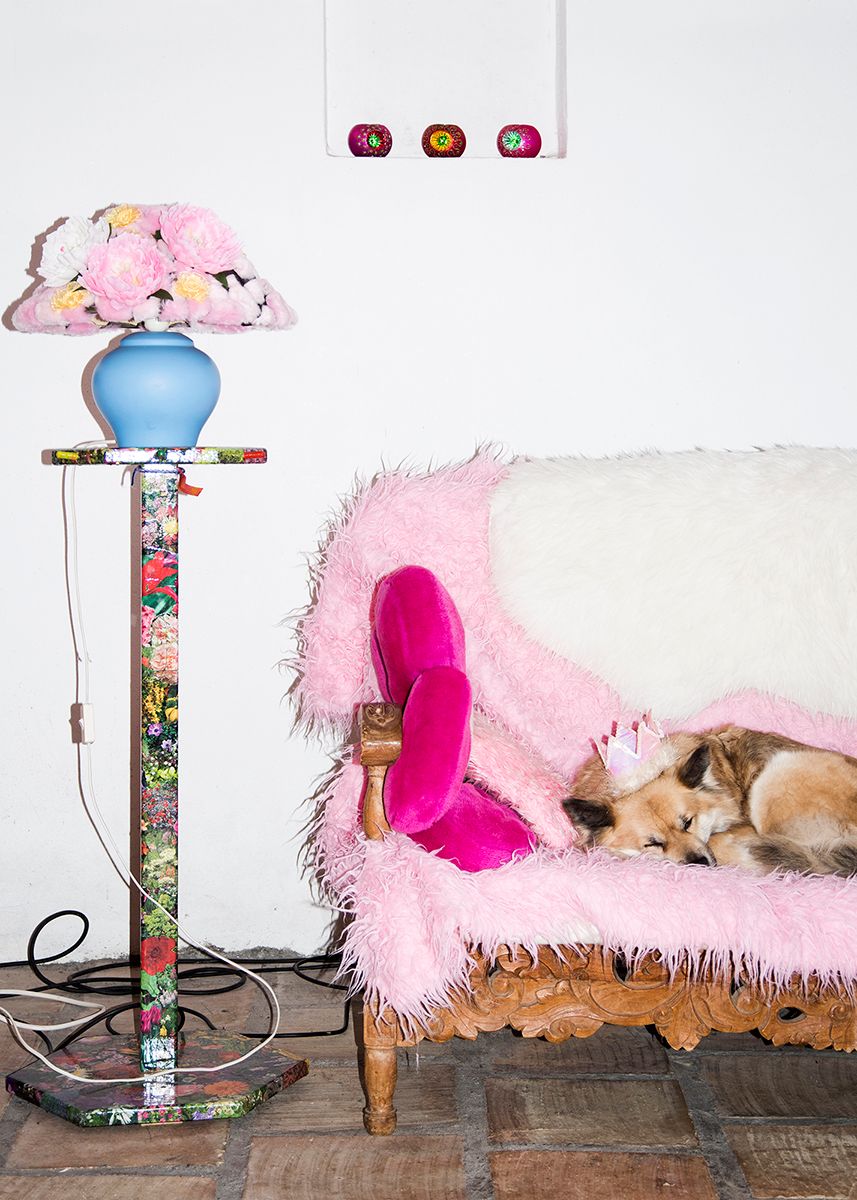
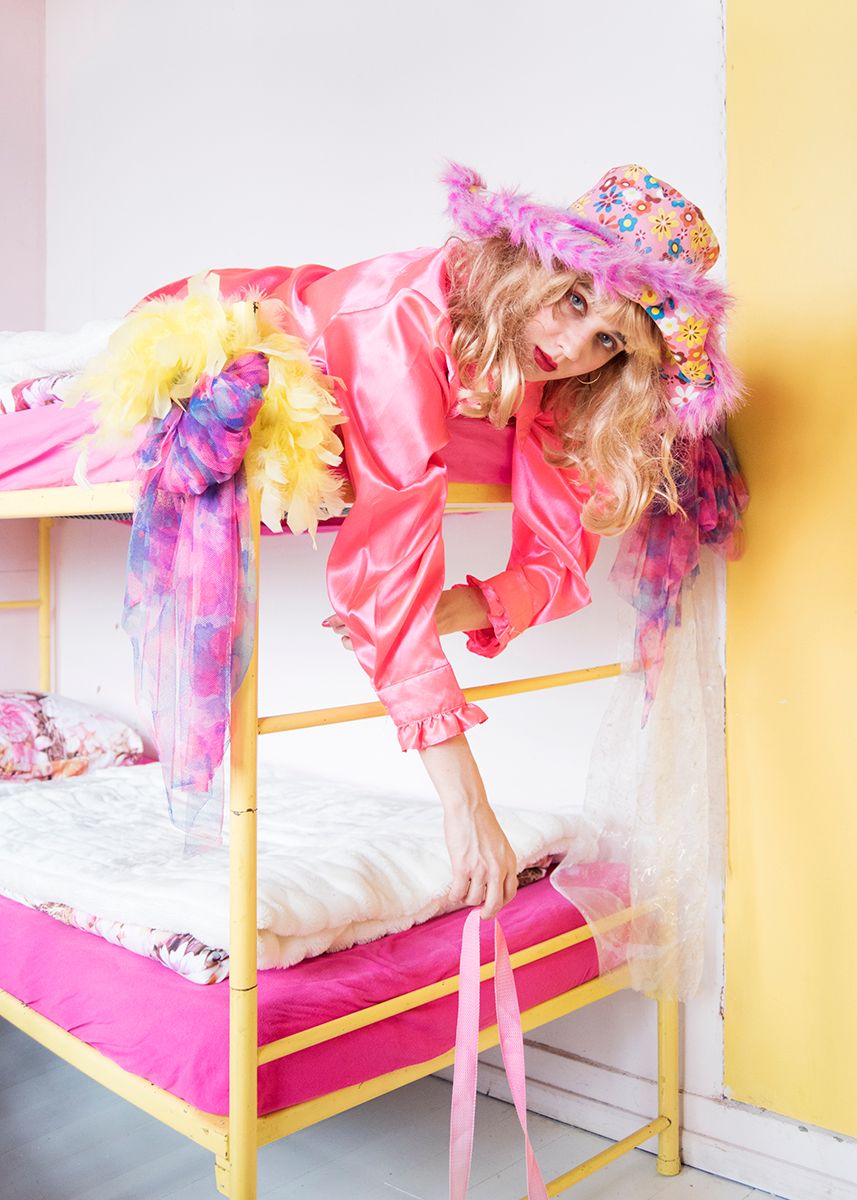
What does nostalgia, this typical Hungarian sentiment mean to you? How do you, as a creator, relate to this phenomenon?
Getting to know and understanding the Eastern European visual and material heritage that is omnipresent in this country is an important part of my work. Be it spaces, furniture, clothes—even the smallest objects carry important stories and memories. Their faded presence bridges the gap between past and present, helping me to better understand my roots and to make sense of the social phenomena that surround me today. They concentrate bittersweetness, humor, longing, nostalgia, and melancholy, which also intensely permeate me when I surround myself with these objects.
The phenomenon of nostalgia, how it works and its peculiar evaporating emotions have been of particular interest to me in recent years. As a creator, I would like to translate this particular atmosphere into a fresh visual language.


Could you tell us about the experiences that served as the basis for depicting your search for identity, change, and personal turning points?
Curiosity and unpredictability about the future, hesitation between going abroad and staying, anxieties and spiritual recoveries, various family memories, or understanding matters of the unconscious have all been central themes for me in recent years. I am always trying to find objects, situations, and phenomena around me that rhyme perfectly with the emotions that are currently at work in me. I could easily find my own story in something like a warm handshake or even a chipped cocktail glass.
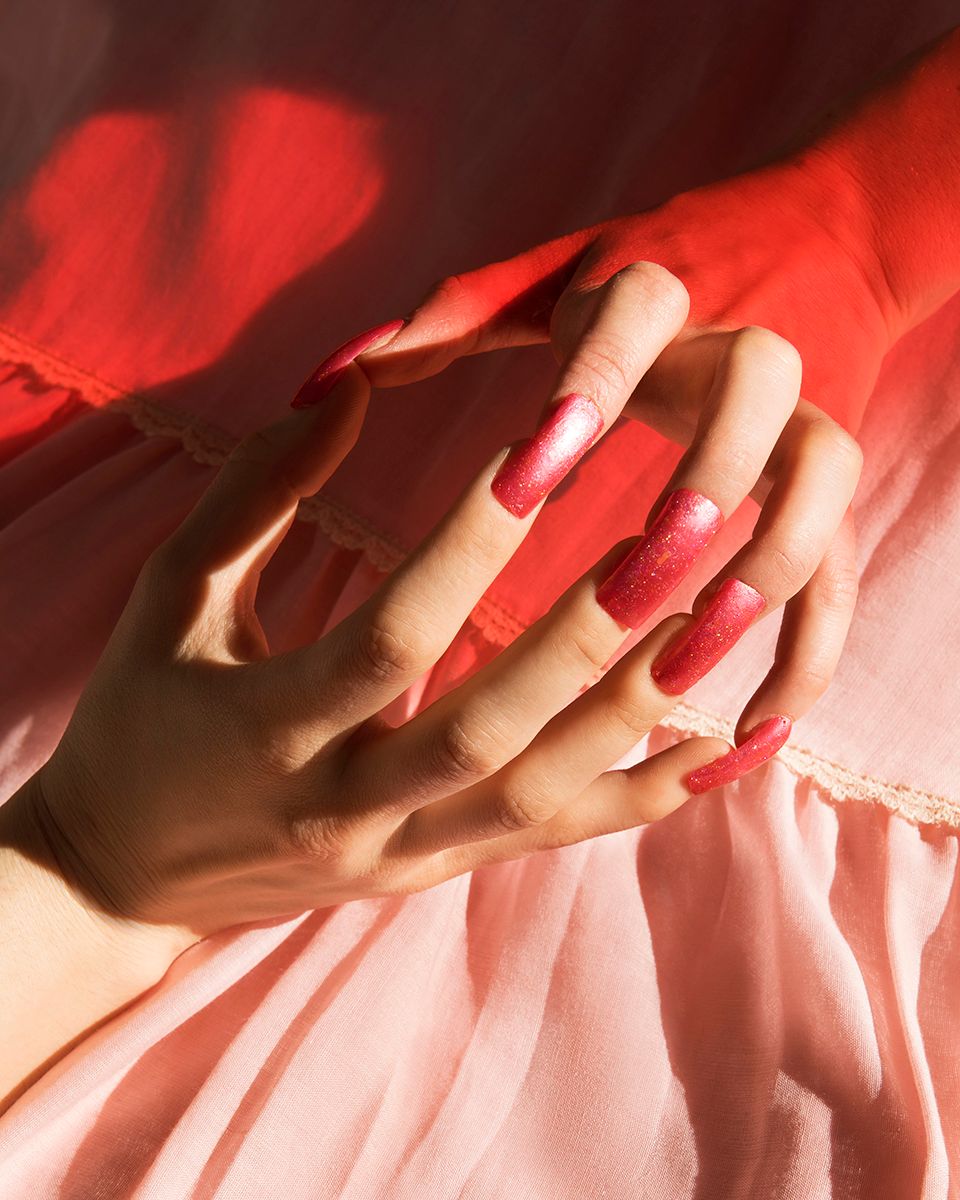
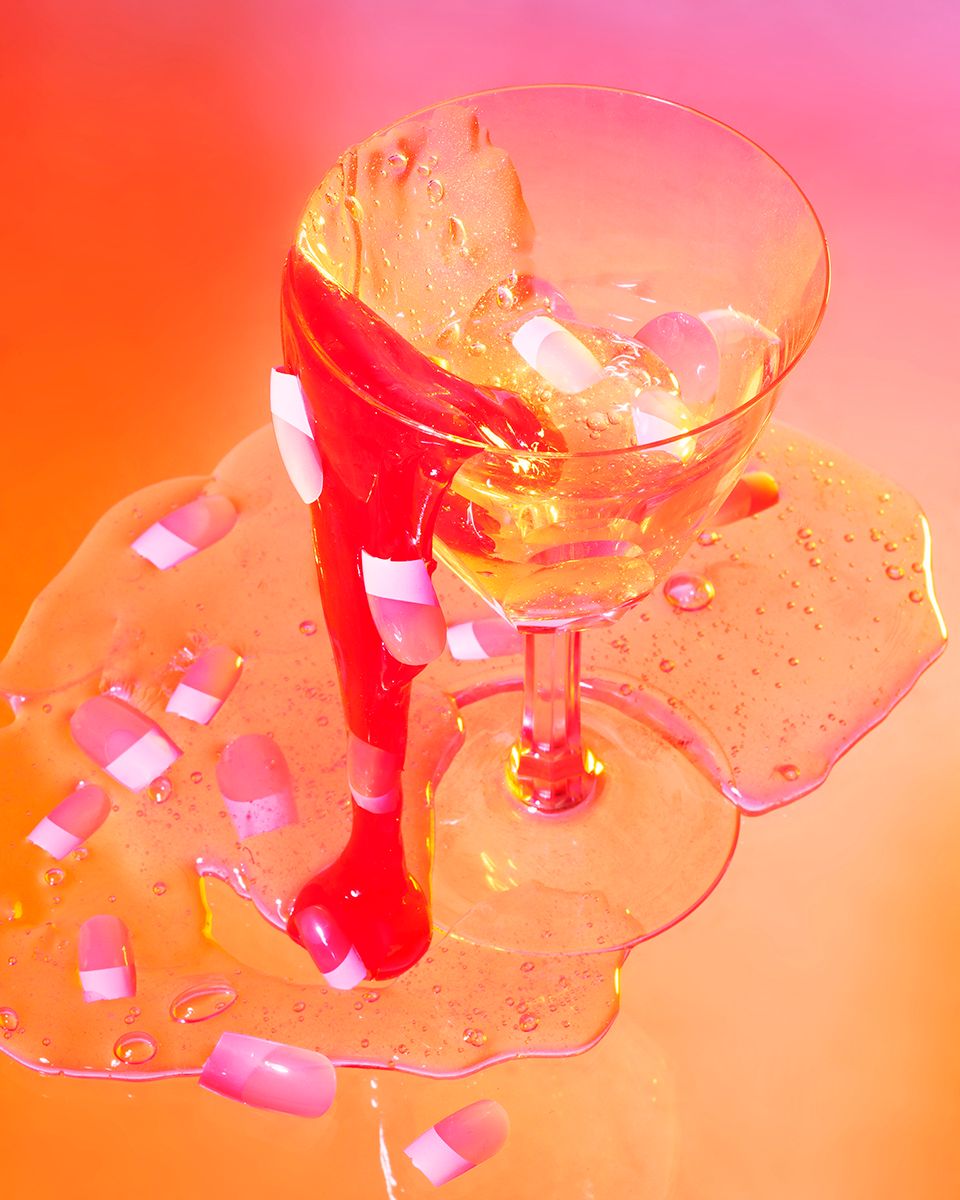
What are your plans for the future?
I would like to work on more and more exciting projects in Hungary too after Rotterdam! With our creative duo Aspik Tears, formed with digital artist Rebeka Mór, we mainly work on 3D illustrations and photo-3D projects, and it would be great if this would get more attention in Hungary in the future. Over the past few months I’ve been getting back into portrait photography, but some of my cinematographic ideas are also starting to take shape. It always inspires me when I can think together with people with similar world views, and I hope that the future holds more such encounters for me.
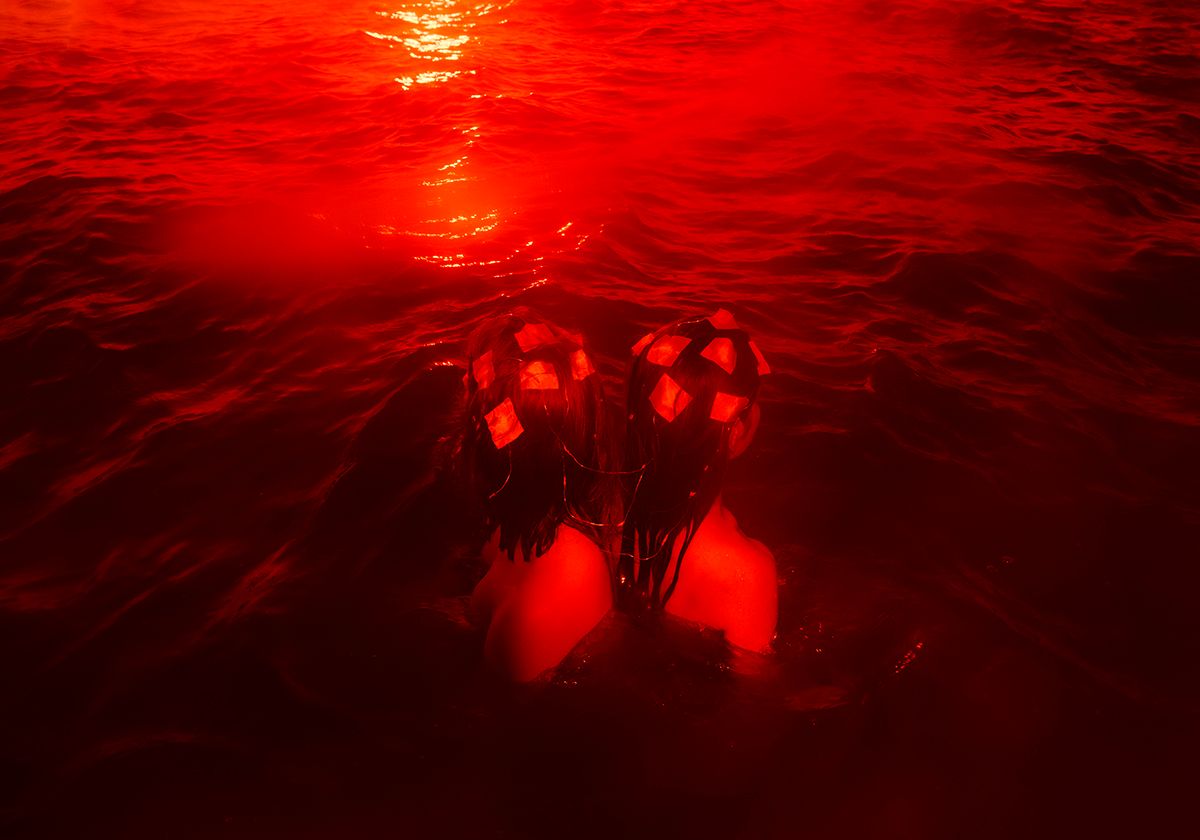
Hanna Rédling | Web | Facebook | Instagram
Aspik Tears | Instagram | Behance
Source: Deák Erika Galéria

The spread of green thinking is good, but green hysteria is not – interview with János Tóth I.
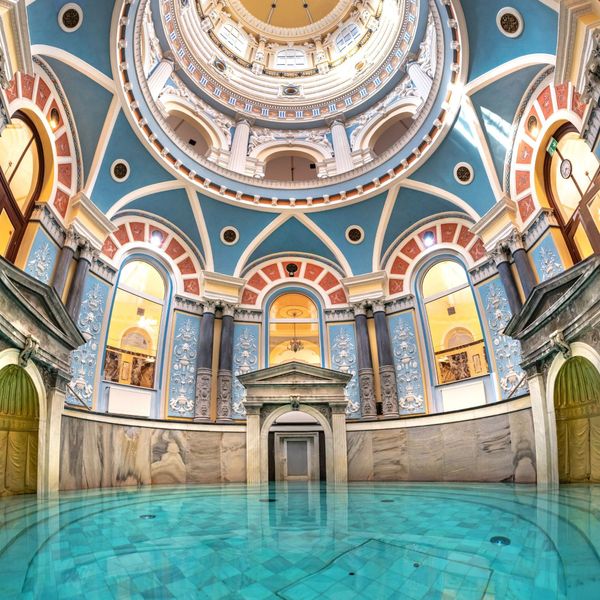
The most beautiful spas in Eastern Europe | Top 5
